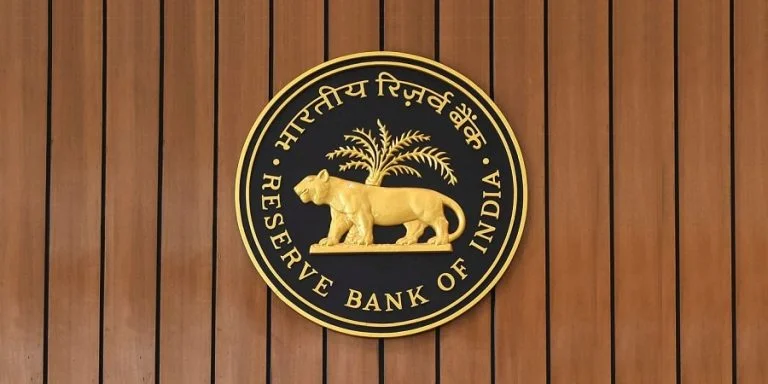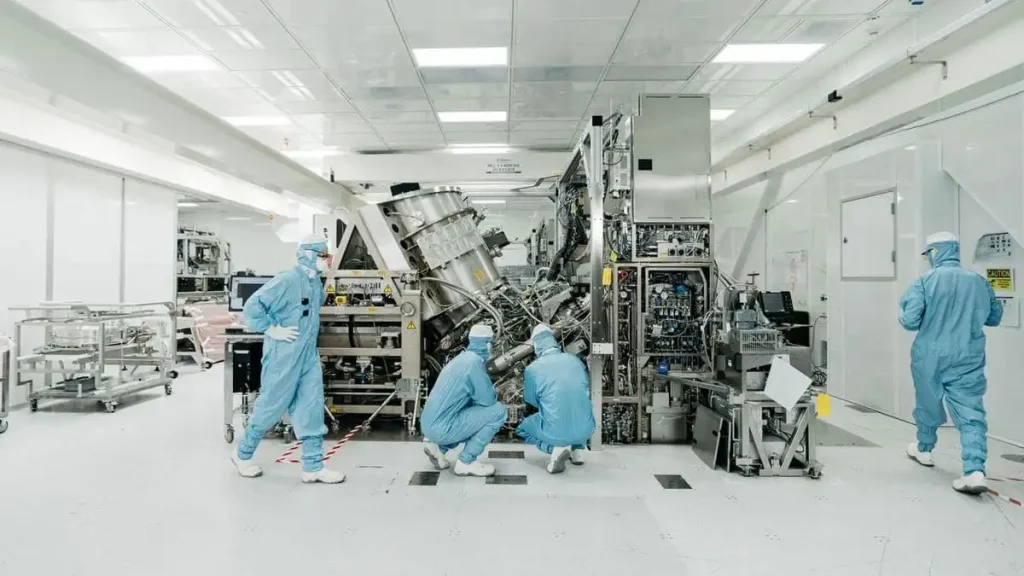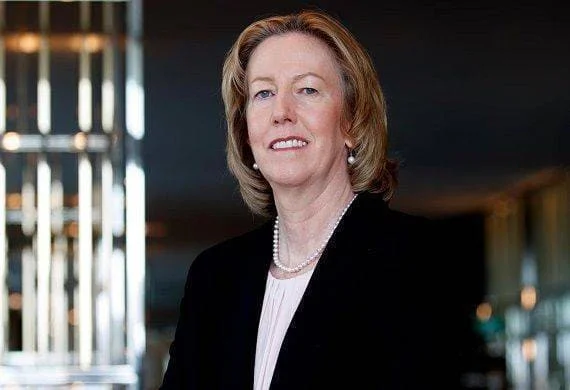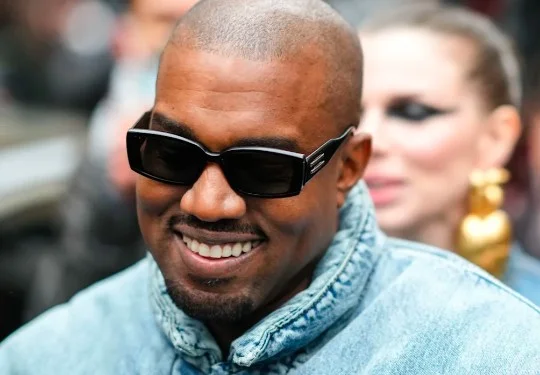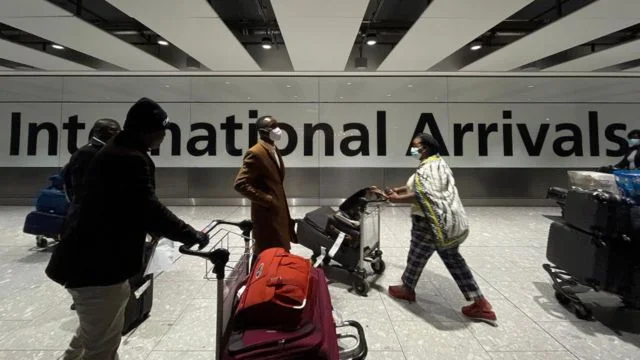The Reserve Bank of India (RBI) has announced a 25 basis point cut in the benchmark repo rate, bringing it down to 6 percent, as the country braces for the economic fallout of escalating global trade tensions and the onset of US President Donald Trump’s latest tariff regime.
This is the second interest rate cut in 2025 by India’s central bank, aimed at revitalising the country’s slowing economy, which has been grappling with weakened domestic growth, muted manufacturing output, and declining consumer demand. The move comes as President Trump’s 26 percent tariff on Indian goods takes effect, raising fears of reduced export earnings and broader economic headwinds.
RBI Cites Global Trade Tensions and Domestic Growth Concerns
In its policy statement, the Monetary Policy Committee (MPC) of the RBI acknowledged “challenging global economic conditions” and the “uncertainties” brought on by protectionist trade measures, including the US tariff hike.
“In such challenging global conditions, the benign inflation and moderate growth outlook demands continued support for economic growth,” the MPC said.
RBI Governor Sanjay Malhotra, addressing a press briefing in Mumbai, emphasised that global trade frictions are likely to dent India’s economic momentum:
“The year has begun on an anxious note for the global economy. Several known unknowns—including the impact of relative tariffs—make it difficult to fully quantify the damage.”
Growth Projections Revised Downward
Reflecting the worsening economic climate, the RBI downgraded its GDP growth projection for the current fiscal year from 6.7% to 6.5%. Similarly, analysts at Goldman Sachs have slashed their forecast from 6.3% to 6.1%, citing the adverse effects of Trump’s tariff escalation on Indian exports across key sectors like gems, jewellery, and seafood.
India’s Cautious Trade Strategy Amid Tariff Pressures
While India is not a global manufacturing giant, the country remains vulnerable to shifts in international trade dynamics. The Indian Commerce Department has stated it is reviewing both “implications and opportunities” arising from the US tariffs, particularly as rival exporters in Asia face steeper duties.
Negotiations for a bilateral trade agreement between India and the US are ongoing, with hopes of finalizing the initial tranche by autumn 2025.
Economists Expect Further Rate Cuts
Economists, including Shilan Shah of Capital Economics, believe more rate cuts may be on the horizon.
“The RBI’s move is no surprise given the recent sharp drop in inflation and the mounting headwinds from US trade policy. Further monetary easing is likely if global uncertainty persists.”
India had previously cut interest rates in February 2025, marking its first rate cut in nearly five years. The current easing reflects a broader shift in monetary policy as the RBI aims to shield Asia’s third-largest economy from external shocks and internal sluggishness.

